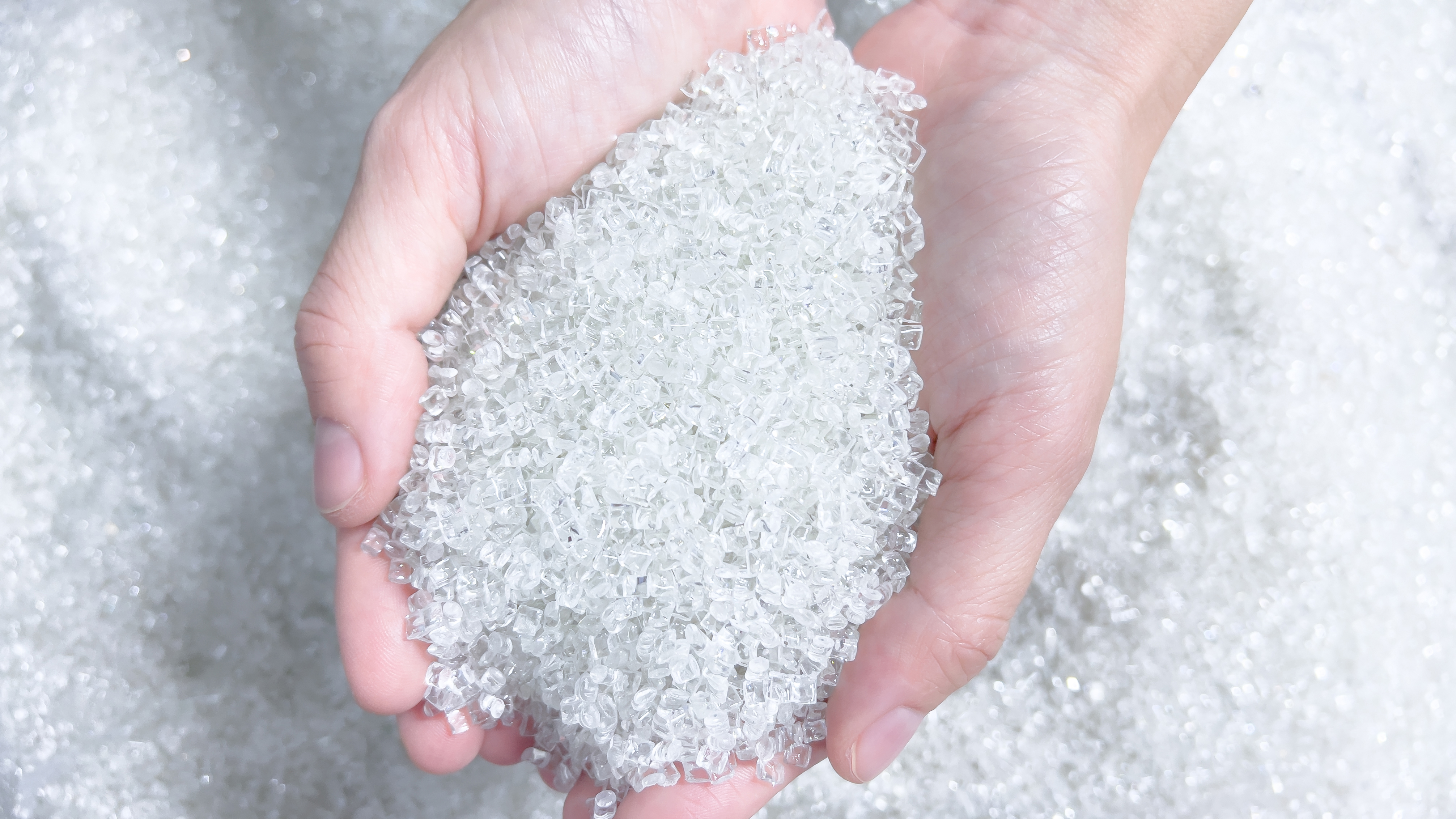
When they first burst onto the outdoor scene, the best fleece jackets seemed to be the ultimate good news garment. Being synthetic, fleece fabric can keep you extraordinarily warm in really cold conditions, even when it gets wet.
It’s relatively cheap to make and buy, and it’s as tough as old boots – I’ve personally got one that’s over 24 years old, bought just after the Millennium for some wild adventures in New Zealand, and I still use it now.
Best of all, though, is the fact that by the 1990s, these garments were typically being made out of recycled plastic, a practice that continues in modern tops such as the excellent Cotopaxi Abrazo Half-Zip Fleece Jacket.
It’s much more common now to read labels on everything from camping tents to technical T-shirts, running shoes, backpacks and waterproof coats, stating that the product has been made of X amount of plastic bottles rescued from the throats of whales in the ocean, or prevented from ending up in landfill – but back in the days of fleece’s infancy, it’s was a complete mind melt. My comfy, warm top is made from old bottles? Are you for real??
So the unpretentious fleece – from the beginning, a garment that saw function being rightly prioritized over form or fashion – was the absolute forerunner in the evolution of environmentally conscious outdoor clothing.
But… (so annoying how these debates always have a big but) modern research has revealed aspects of synthetic fabrics that have caused people to question whether fleece is actually good for the planet at all. Here we dive into the argument – is fleece green or mean?

So, what actually is fleece?
The fabric we commonly refer to in the outdoor world as fleece is actually more accurately called Polar Fleece (to distinguish it from the wool that sheep grow and humans have been wearing for thousands of years). A synthetic material, Polar Fleece is comprised of polyethylene terephthalate (PET) – a form of polyester – and it was invented in the late 1970s by a textile company in the US then called Malden Mills, which later changed its name to Polartec.
In collaboration with Yvon Chouinard’s then-newly launched pioneering outdoor brand Patagonia, the fabric (initially called ‘Synchilla’, positioned as a synthetic version of Chinchilla, a wool-based fabric popular with skiers that arguably represented the true first-generation of performance-orientated ‘fleece’ apparel) was introduced to the outdoor community in 1981.
Very quickly it went absolutely gangbusters, not least because the then CEO of Malden Mills, Aaron Feuerstein, deliberately didn’t patent the material, and so everyone in the industry was able to start making and using it. (Cleverly, while they didn’t patent the invention, Malden Mills did trademark the name ‘Polar Fleece’.)
Soon everyone from weekend walkers, hikers, bikers, kayakers, climbers and campers through to high-end mountaineers and polar explorers had embraced tops made from the material. Fleeces (now the generic name for such garments) are lightweight, affordable, hard-wearing and offer excellent thermal protection from the elements, trapping lots of body-warmed air around your torso.
The magic material is both breathable and hydrophobic – meaning it holds on to very little water (less than 1% of its weight) and, therefore, doesn’t become heavy in rainy conditions. For the same reasons, it can keep you warm when wet, and it dries super quickly, so it’s excellent both as a mid layer and an outer layer.

Polar fleece garments are available in all kinds of thicknesses (the most common being the micro, 100, 200, and 300 variants) and several finishes, ranging from brushed to deep pile. Being entirely synthetic, it’s also suitable for vegans.
But best of all, for the environment at least, by the 1990s, the yarn used to make the material was being sourced from recycled unwanted plastic, which would otherwise be burned or buried (both awful outcomes for the planet and people on it), and rPET (recycled polyethylene terephthalate, or eco-fleece as it’s sometimes known) soon became the norm in the sphere of outdoor apparel.
“We launched the first recycled content fleece with Patagonia in 1993,’ confirms Alessandro Perseo, Polartec’s Italian Marketing Director. ‘At the time, we started with a mix of post-industrial waste and PCR (post-consumer resin [external link]), then year by year, we moved into fully PCR as the science evolved.’

That all sounds great – so what’s the problem with fleece?
Like a lot of outdoor apparel, fleeces have often been dyed with problematic substances and treated with potentially harmful chemicals to improve their water repellency. However, with increased awareness of issues around substances such as the evil ‘forever chemicals’ (PCBs, PFCs), big improvements have been made, with recent legislation dramatically cutting down their usage.
The bigger issue around fleeces is the shedding of little bits of the synthetic substance, which primarily happens when you wash them. During the laundry process, tiny microfibres become detached from the garment and end up contributing to plastic pollution in the world’s waterways.
Worse still, because these fibres are so small, they get through sewage treatment systems (as does actual sewage much of the time, but that’s a separate issue) and enter the oceans. Being synthetic they never, ever biodegrade and instead often latch on to harmful pollutants in the water, such as pesticides. When these plastic microfibres are inevitably consumed by small organisms, they enter the food chain and end up in our bodies, and they can be genuinely harmful to human health.

Oh… That sounds bad. Is this really all my fleece’s fault?
Quick answer: no. For some reason, fleeces have become the kicking boy of the clothing industry when it comes to dishing out blame for microfibres entering the world’s waterways and ecosystems. In truth, all clothing made from synthetic materials contributes to this problem, as do a very large percentage of garments made from fabrics that are ‘natural’ (for example, cotton) but are then treated with synthetic substances. In fact, good fleeces made from recycled materials are actually better than most garments.
“I am in favour of synthetic fleeces, but quality ones,” says Charles Ross, a university lecturer and expert in textiles and sustainability. “The shedding rates of a Polartec fleece compared to a cheap fashion one is a tenth of the amount. However, I think all apparel should be made from recycled fibres – no need for more virgin oil to be used – we throw away enough plastic.”
Charles points me towards a science-led sustainable textiles NGO called The Microfibre Consortium (TMC) [external link], which specifically focuses on fibre fragmentation in the apparel industry, and is steering the global textiles sector towards objectives of the Microfibre 2030 Commitment and Roadmap [external link] (to achieve zero impact from microfibre shedding by 2030).
The TMC uses a textile break-off wash-test, and around 800 fabrics have been sampled, producing, Charles tells me, some surprising results. For example, fluffy looking brushed-finish fabrics don’t necessarily shed more than smoothly woven materials during washing – sometimes it’s the other way round.
And, importantly, fleeces made from recycled materials do not release more microfibres than synthetic garments made from non-recycled fabric. “The TMC has data demonstrating that shed rates of rPET are not worse than virgin PET,” confirms Charles.

What can we do to stop or minimize the damage?
So, in conclusion, the fact that polar fleeces are made from recycled materials is a very good thing for the planet, and while fleeces do release microfibres during laundering, they don’t shed more than any other synthetic garment.
There are also some measures you can take to make sure you’re not making the microfibre problem worse, including the following.
- Don’t buy new gear until you have to – If you currently own a fleece and it’s doing a decent job of keeping you warm, keep using it; the most planet-friendly garment you can wear is one you already own.
- Buy better – when you do buy a new fleece, prioritise a good-quality garment. Not only will it last longer and perform better, it will shed less.
- Launder less – Before washing your fleece, carefully consider whether it really needs to be laundered. Fleeces tops are primarily designed as a midlayer garment, so unlike base layers they do not typically come into direct contact with your sweaty bits, and when worn beneath a waterproof jacket they don’t get exposed to mud and other muck. So think about it – you really don’t need to wash your fleece all that often.







